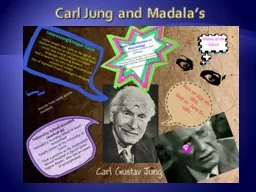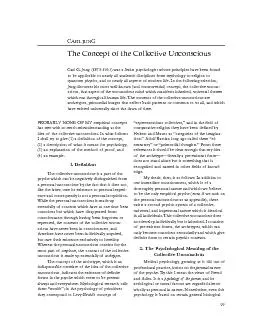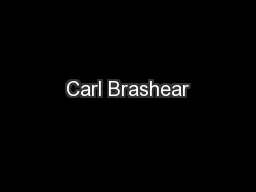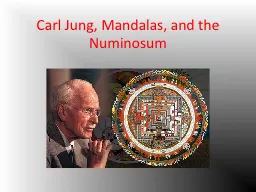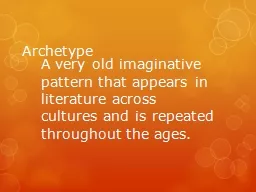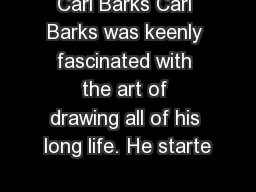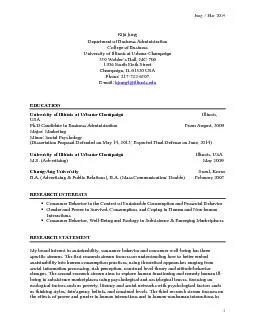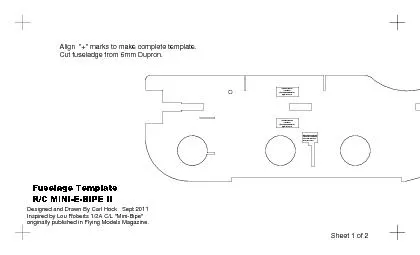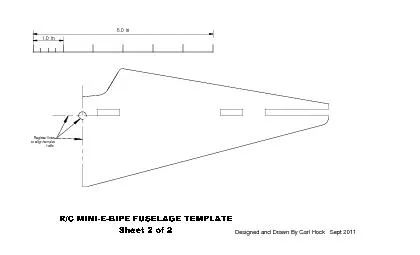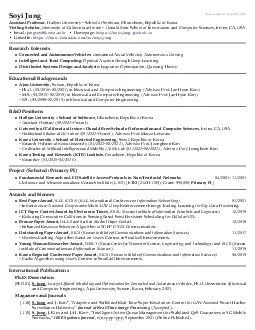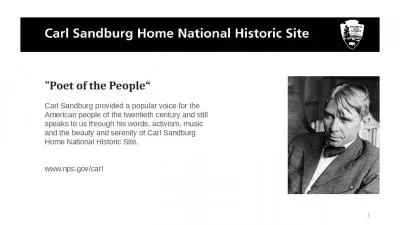PPT-Carl Jung and Madala’s
Author : mitsue-stanley | Published Date : 2018-10-29
Who has had the most positive influence on you 2 Give a name to the era we live in today examples include the HipHop Era the Violent Generation the New Baby Boomers
Presentation Embed Code
Download Presentation
Download Presentation The PPT/PDF document "Carl Jung and Madala’s" is the property of its rightful owner. Permission is granted to download and print the materials on this website for personal, non-commercial use only, and to display it on your personal computer provided you do not modify the materials and that you retain all copyright notices contained in the materials. By downloading content from our website, you accept the terms of this agreement.
Carl Jung and Madala’s: Transcript
Download Rules Of Document
"Carl Jung and Madala’s"The content belongs to its owner. You may download and print it for personal use, without modification, and keep all copyright notices. By downloading, you agree to these terms.
Related Documents

